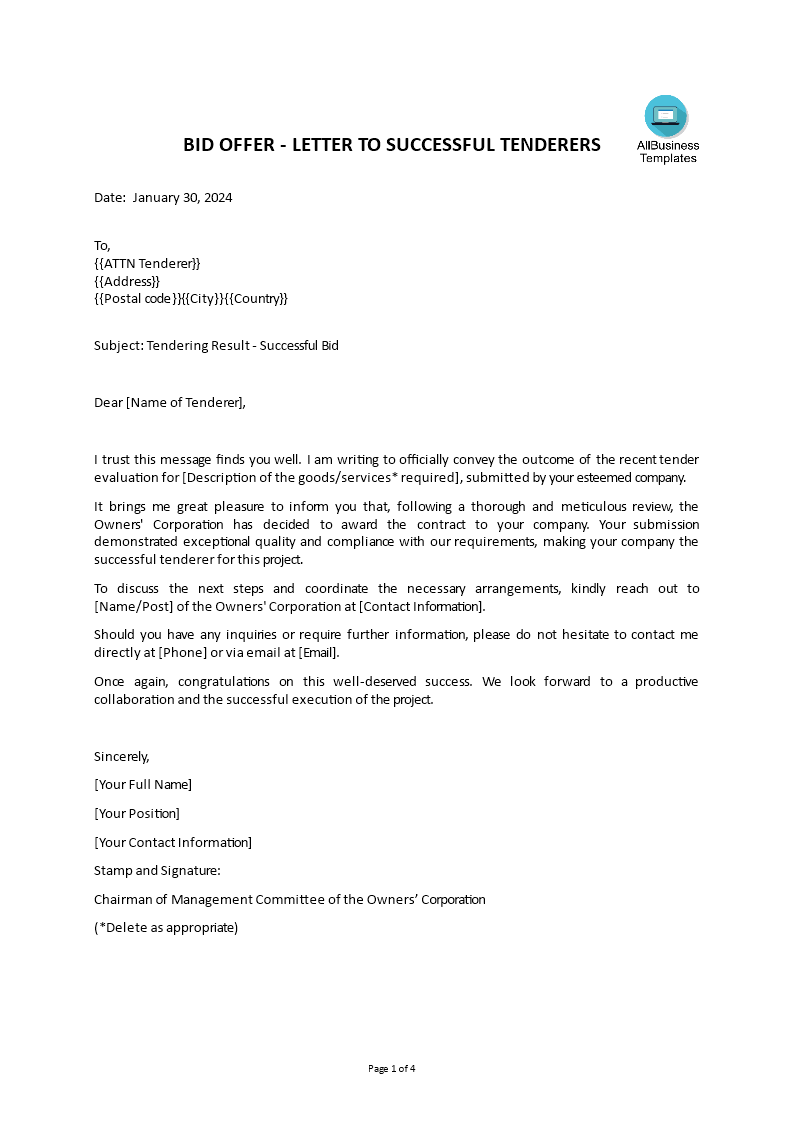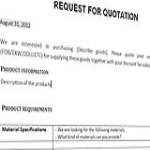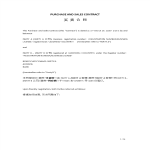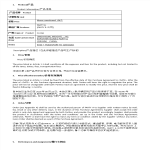Letter Unsuccessful Tenderers
Save, fill-In The Blanks, Print, Done!

Download Letter Unsuccessful Tenderers
Microsoft Word (.docx)Or select the format you want and we convert it for you for free:
- This Document Has Been Certified by a Professional
- 100% customizable
- This is a digital download (73.95 kB)
- Language: English
- We recommend downloading this file onto your computer.
How to Professionally Notify Unsuccessful Tenderers? Download our Letter Template!
In the world of competitive bidding, effective communication is key, especially when delivering news that a tender application was unsuccessful. If you find yourself in the position of needing to convey this message, our Unsuccessful Tenderer Notification Letter template can guide you through the process seamlessly.
Why Download Our Unsuccessful Tenderer Notification Letter Template?
- Clear and Professional Communication: Crafted by professionals, our template ensures your message is communicated clearly and professionally, maintaining a positive image for your organization.
- Time and Effort Savings: Save valuable time and effort with our ready-made template, allowing you to focus on other important aspects of the tendering process.
- Customization Options: Tailor the letter to your specific needs, adding details such as the description of goods or services, contact information, and more.
- Consistency Across Communications: Maintain consistency in your communication approach by using a standardized template for notifying unsuccessful tenderers.
How to Use Our Letter Template?
- Download or open: Simply click the download button to access our Unsuccessful Tenderer Notification Letter template, or click on 'Open in Google Docs' to open it there.
- Customize: Personalize the template by filling in the necessary details, including the tenderer's name, description of goods or services, and your contact information.
- Inform: Communicate the news professionally and transparently to the unsuccessful tenderer.
- What's Included in the Letter:
- A courteous notification of the unsuccessful tender application.
- Mention of the selected company for the provision of goods or services.
- Contact information for any queries or further information.
Remember for next time you attend a bid, follow these rules to increase your chance for success, a list of essential steps to follow when crafting a bid proposal:
- Understand the Requirements: Thoroughly review the bid documents, specifications, and requirements. Identify key deliverables, deadlines, and evaluation criteria.
- Research the Client: Understand the client's needs, goals, and challenges. Tailor your proposal to demonstrate a clear understanding of their business.
- Define Your Unique Selling Proposition (USP): Clearly articulate what sets your proposal apart from competitors. Highlight your strengths, expertise, and unique approach.
- Create a Detailed Project Plan: Outline a comprehensive project plan, including milestones and timelines. Clearly define the scope of work and deliverables.
- Demonstrate Relevant Experience: Showcase past projects or experiences that are relevant to the current bid. Provide case studies, success stories, or testimonials.
- Present a Competitive Price: Develop a detailed and transparent pricing structure. Ensure your pricing is competitive without compromising quality.
- Emphasize Value: Clearly articulate the value your proposal brings to the client. Explain how your solution addresses their specific needs and challenges.
- Include a Persuasive Executive Summary: Craft a compelling executive summary that summarizes key points concisely. Make it engaging and highlight the benefits of choosing your proposal.
- Detail Your Team and Expertise: Introduce the key team members involved in the project. Emphasize their expertise and relevant experience.
- Address Potential Concerns: Anticipate and address potential concerns or objections. Provide solutions or mitigations for potential risks.
- Follow the Proposal Format: Adhere to any specified format or structure outlined in the bid documents. Ensure clarity, consistency, and professionalism in formatting.
- Proofread and Edit: Thoroughly proofread your proposal for grammatical errors and typos.
- Ensure clarity of language and a professional tone throughout.
- Include Visuals and Graphics: Use visuals, charts, and graphics to enhance understanding. Ensure visuals are professional, relevant, and contribute to the proposal's impact.
- Submission Compliance: Confirm that your proposal adheres to all submission guidelines. Ensure all required documents and information are included.
- Review and Revise: Have a second set of eyes review your proposal for objectivity and clarity. Revise and refine your proposal based on feedback.
- Submit on Time: Submit your bid proposal well before the deadline. Allow time for any unexpected issues that may arise during submission.
- Follow Up: After submission, follow up with the client to express continued interest. Be prepared to address any additional questions or provide further clarification. Remember, a well-crafted bid proposal not only addresses the client's needs but also demonstrates your commitment, capability, and professionalism.
Also have a look at this Successful Bid Offer Letter
Writing a compelling bid proposal is crucial for winning contracts and business opportunities.
Download this Bidding tender letter to an unsuccessful tenderer today for your reference.
DISCLAIMER
Nothing on this site shall be considered legal advice and no attorney-client relationship is established.
Leave a Reply. If you have any questions or remarks, feel free to post them below.
Related templates
Latest templates
Latest topics
- Best Calendar Templates
How do you make a nice calendar? Are you looking for nice calendar templates in MS Word, Excel or PowerPoint to improve your personal efficiency and effectiveness? These easy to modify calendar templates can help you out! - Excel Templates
Where do I find templates for Excel? How do I create a template in Excel? Check these editable and printable Excel Templates and download them directly! - GDPR Compliance Templates
What do you need to become GDPR compliant? Are you looking for useful GDPR document templates to make you compliant? All these compliance documents will be available to download instantly... - Authorization Letter To Claim
How to write an authorization letter that gets results? Check out our authorization letter sample and formats for an act on behalf, claiming, collect document, pick up & process documents, etc - Influencer Marketing Templates
What makes a good influencer? Check out our effective and useful Influencer Marketing Templates here!
cheese




